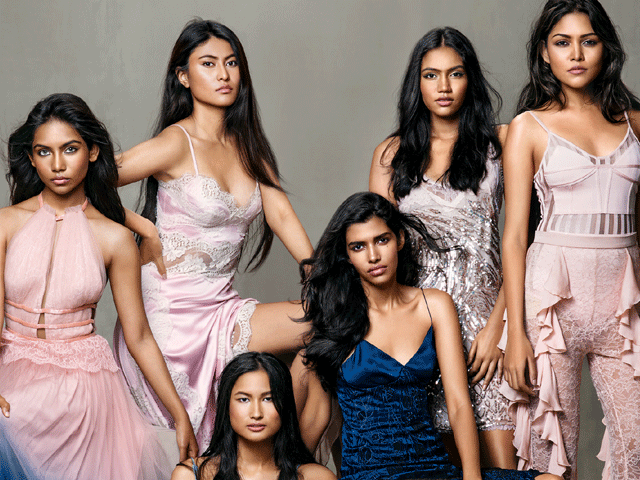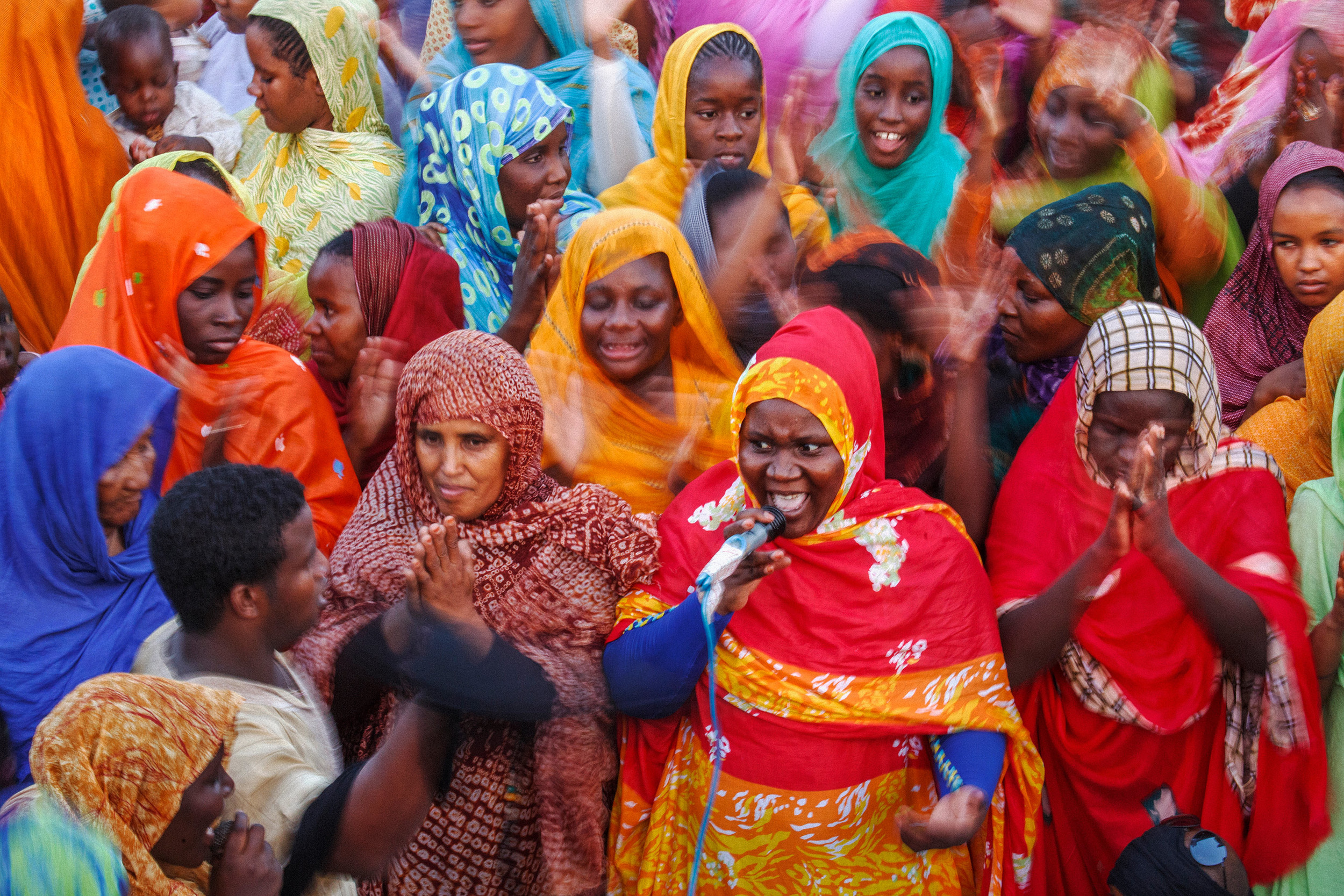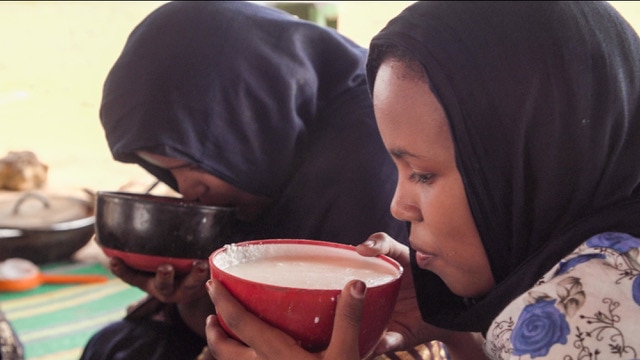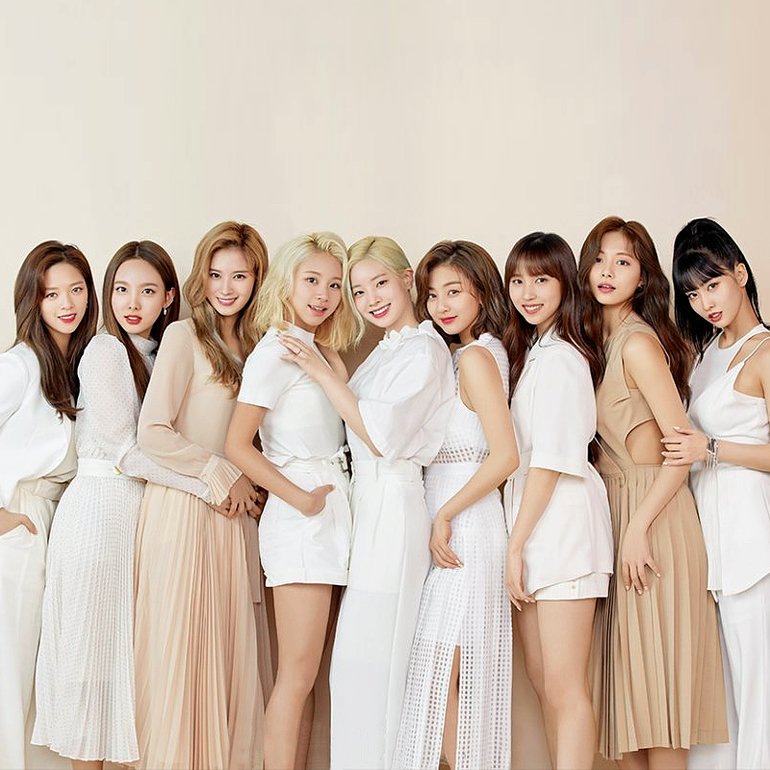
In China, appearance is generally extremely significant. Chinese young ladies are feeling the push from society to resemble an ideal of excellence. This ideal will give them a ton of perplexing and self-esteem issues. Furthermore, everything is competitive in China, and the physical exterior can end up being a resource for having a superior job or the most attractive beau. A popular Chinese proverb states that “there are no ugly women, there are only lazy women” which is a prevailing thought in China. Since then it has become much more of the norm for women to opt for plastic surgery to look somewhat more like that ideal they feel the need to accomplish.
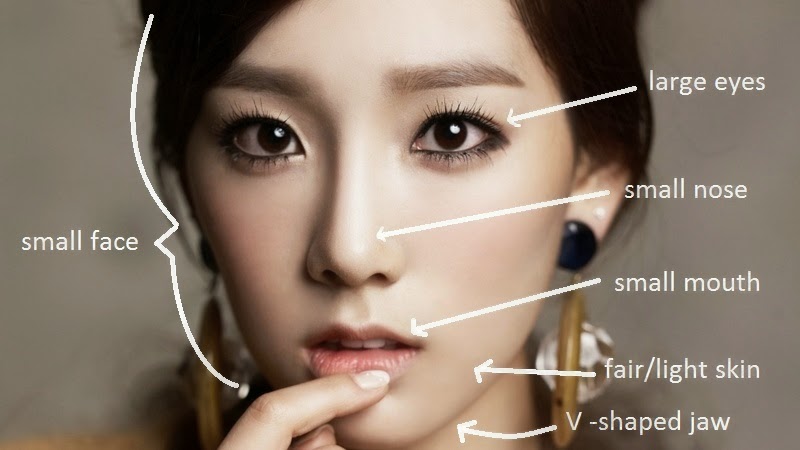
The Standard
Since forever ago, white skin is viewed as an extreme measure of beauty. It is said that back in the day, only the women with the very whitest of skin were permitted to be in close proximity to the emperor. No one appears to know why, however, this idea of beauty has continued and can be clarified today by the connection between whiteness and the socio-proficient class. As such, in the event that you are white, you work in an office and you are rich. While if your appearance is more tanned, it hints at the work of a laborer outside and thusly, a bad position and class according to society.
Some Chinese women naturally have eyes that can be like that of Westerners, with a fold-over eyelid. Yet, most don’t, which makes them appear as though they have smaller eyes, which isn’t viewed as appealing in China. This is the reason numerous Chinese ladies invest in cosmetics for their eyes to make them look bigger. The most extreme practice is obviously that of plastic medical procedure. It is additionally perhaps the most common cosmetic procedure in China.
Chinese young ladies long for a dainty head. Surely numerous women can have a generally round or square jaw but it’s something that makes them exceptionally embarrassed about. There is even a Chinese word to portray this type of square face (国 字 脸). They will in general conceal their jaws behind their long hair and give their face a better appearance. Prior to posting a selfie, they will likewise utilize applications to improve the image. These applications are created to such an extent that they can even refine the state of their face.

Eating Disorders
A study that was published in March 2014 tracked down that the occurrences of eating disorders among Chinese college students and found it starting to equal that of Western college students. A recent report in Taiwan found that binge-eating and the utilization of laxatives to get thinner were spreading among students and recognized 43% of them to be in danger of an eating disorder. The reasoning behind this was that many females felt pressured to fit into the cultural ideal of extreme thinness to seem appealing to society. Many of them have stated that they did so as they were pressured by friends and family. I was personally very sad and distraught when I heard of this as it is alarming that anyone would put someone that they love through so much torment just to fit into a standard.
The most recent craze from China includes women holding up pieces of paper and taking selfies – they “win” if the paper totally covers their waist. It’s known as the “A4 challenge” after the standard paper size that is simply 21cm (8.3in) across. When asked about the trend, a Chinese college student said “Growing up, I think this is normal, I think this is what people are supposed to be like,”. Of course, this trend sounds entirely ridiculous as being so unrealistically skinny can be linked to an eating disorder (although I understand that some people are just naturally that skinny but that’s another case). Even so, has the concept of wide ribcages not made it to China yet? No matter how much a person diets or exercises in many cases it would be impossible for them to reach that level. This is precisely why I don’t believe that such trends should become ideal although it is clearly too late for that.
